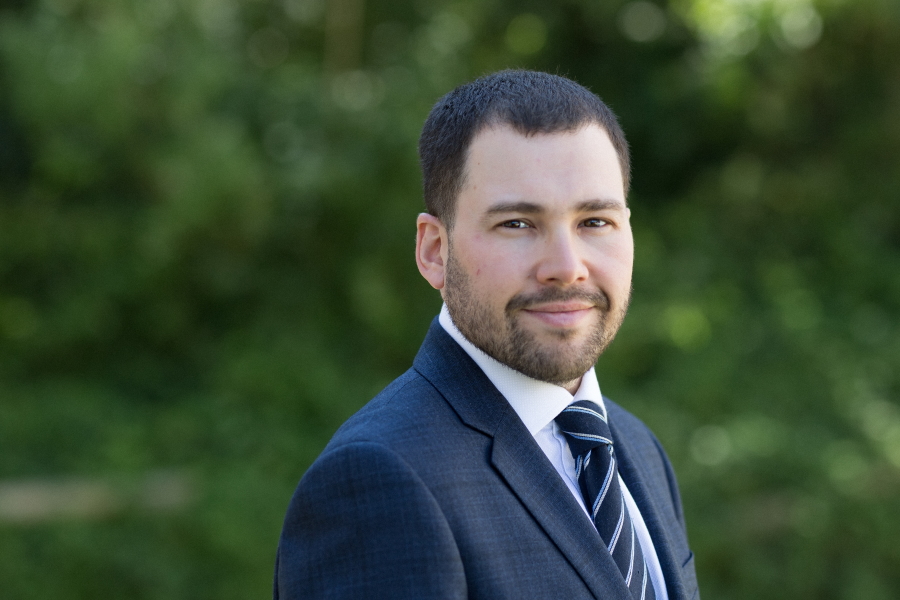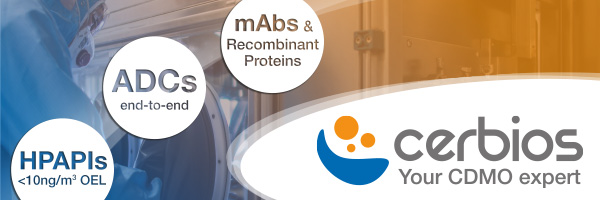Contract Services
The growth of green chemistry 10th September 2019
By Joe Renny, Senior Scientist at CatSci Ltd
With climate change prompting regular calls to improve the sustainability of manufacturing processes used in industry, devel

With climate change prompting regular calls to improve the sustainability of manufacturing processes used in industry, developing green solutions is now a more pressing issue than ever, says Joe Renny, Senior Scientist at CatSci.
The term ‘green chemistry’ was popularized in the 1990s under the context of increasing awareness around chemical pollution and resource depletion. The 12 principles of Green Chemistry were defined in 1991, but the processes associated with green chemistry date back much further – good chemistry in manufacturing has long been guided by ensuring processes are as efficient and economical as possible. Important concepts related to green chemistry, such as atom economy and the integration of catalysis, have always played a crucial role in creating efficient chemistry.
An increased pressure for sustainability within industry from regulatory bodies, such as the European Environment Agency (EEA) and the EPA, investors and the general public, means that green chemistry will continue to remain important. Greener manufacturing processes and routes through process chemistry are critical to achieving this. As industry increasingly relies on outsourcing models, pharmaceutical, agrochemical and materials sponsors will continue to utilize the capabilities found in Contract Research Organizations (CROs) to deliver innovative green chemistry solutions.
Pursuing a green pipeline
For a CRO operating in the drug discovery and development field, green process chemistry must reflect the needs of their customers and be perfect for purpose. Tailoring robust green chemistry solutions to each individual project helps to create efficient and sustainable processes with low toxicity and minimal resource depletion. This will be influenced by what is needed in a project at a particular stage, with different factors taking precedence depending on a drug candidate’s progress through development.
Replacing toxic reagents and solvents that are potential thermal hazards with ethically sourced, safer alternatives is an important initial step. A CRO may then start to look at the reliability and scalability of a route, with an assessment of atom economy. Yielding the maximum amount of a desired product with minimal waste is the archetype of green chemistry principles. As the drug moves towards commercialization, it is important to consider the legal ‘freedom to operate’ of any green chemistry technology that has been used. Moreover, financial implications need to be considered in readiness to launch – a process must not be only environmentally sustainable but also commercially viable.
The importance of these processes allied with green chemistry across the drug discovery and development pipeline demonstrate its importance in the speed, quality and cost triangle. A process that has been optimized using green chemistry could be more cost-effective, produce a higher quality end-product and more rapidly produce a product.
The future’s bright, the future’s green
Exciting technology is revolutionizing how we are creating these sustainable outputs across the pipeline. Take photocatalysis, which utilizes light to accelerate a reaction under mild conditions by generating reactive intermediates. Contemporary research is combining this technology with transition metal catalysis. This creates profound changes to reactivity and selectivity, enabling route development through entirely new mechanistic paradigms.
Innovations in flow chemistry are also playing an important role in delivering green solutions. This technology utilizes continuous processing, with benefits including increased reaction efficiency, greater throughput, lower solvent usage and catalyst recycling. One exciting application of flow chemistry is the use of highly reactive compounds such as diazomethane. These compounds can be used in low concentrations to create high throughput of materials using clean reactions.
However, creating robust green chemistry is not without its challenges. One of the biggest tasks for drug developers is to stay abreast of exciting innovations. While flow chemistry and continuous processing are widely used by the bulk chemical sector, the pharmaceutical industry has been slower on the uptake. Proprietary issues also present further obstacles. For example, the issue of patented enzymes in the burgeoning field of biocatalysis can act as a driver for the selection of non-proprietorial solutions when developing a large-scale commercialized process.
Partnering with the right CRO can help to address these obstacles. Extensive expertise in green chemistry approaches, world class facilities and a deep understanding of intellectual property issues helps to reassure customers that green solutions are technically and financially feasible (and often superior) and can be seamlessly implemented. As these green technologies continue to be implemented within the pharmaceutical industry, a framework and model based around monetization will establish itself. This will further catalyse implementation and uptake.
Another challenge faced by drug developers is the perceived complexity of green chemistry. Reducing the volume of waste generated and replacing toxic ingredients mandates a process-wide approach – often requiring the specialized expertise found at a CRO. Service providers must stay at the cutting-edge of research and development to tackle these difficult problems.
A value-adding CRO will always be searching for ways to make its customers’ chemistry greener; an economically sustainable process that can quickly produce results has always been a priority. However, growing awareness about environmental concerns and advances in R&D has led to the exponential growth of green chemistry. It is an exciting time to be working in process chemistry, using green technology to help transform both industry and wider society.
Author:
Joe Renny, Senior Scientist at CatSci Ltd, CBTC2, Capital Business Park, Wentloog, Cardiff, CF3 2PX, UK
T +44 29 2083 7444



